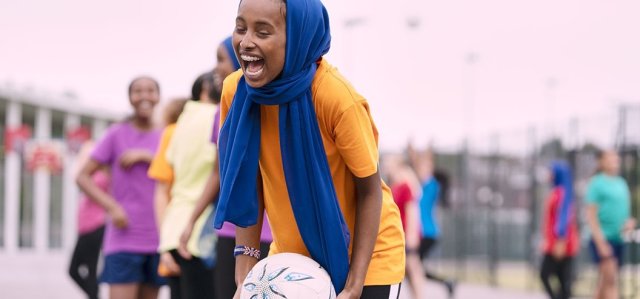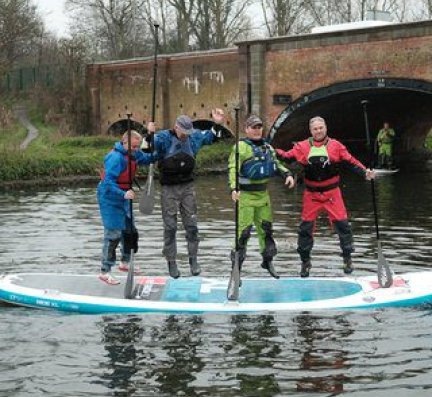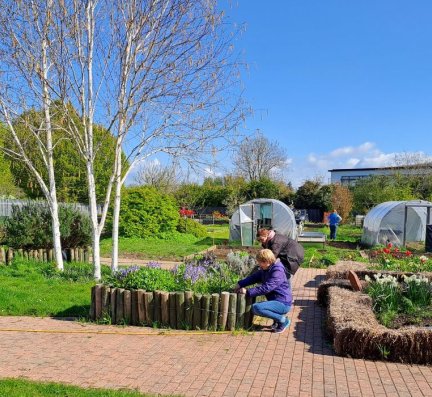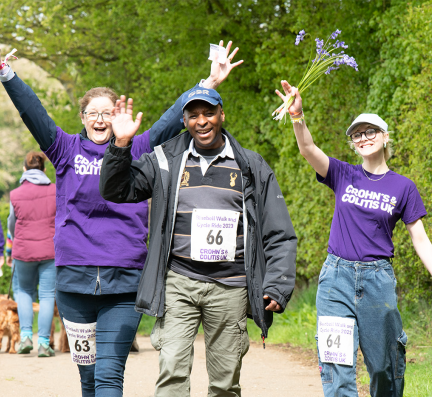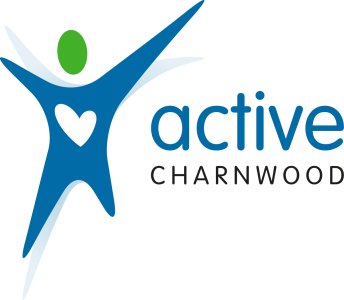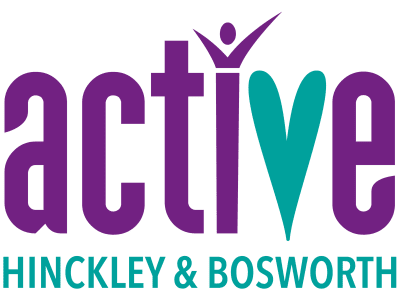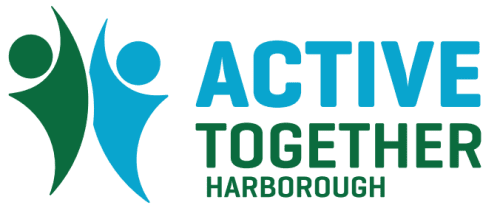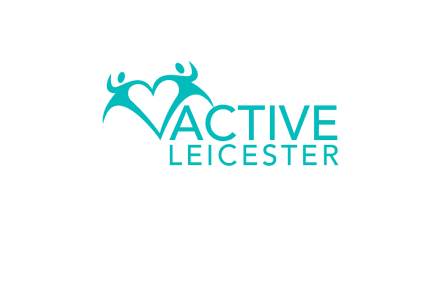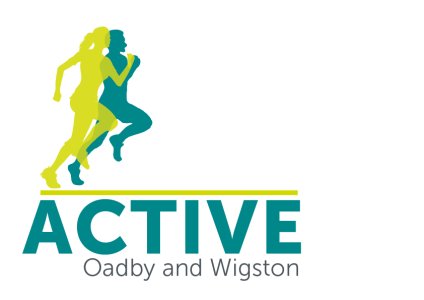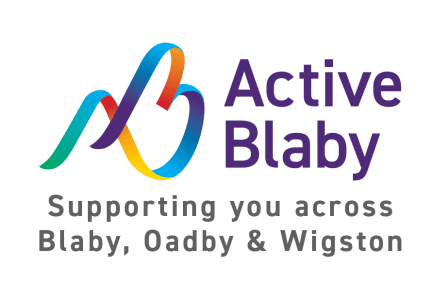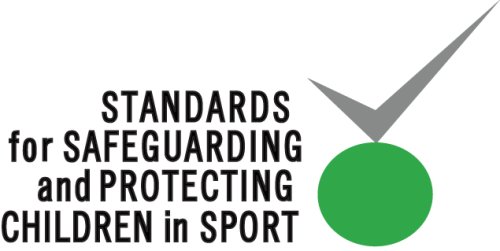Posted: Fri, 9 Dec 2022 09:00
Children and young people's activity levels overall have recovered to pre-pandemic levels, with 47% of children meeting the Chief Medical Officers' guidelines of taking part in an average of 60 minutes or more of sport and physical activity a day.
The figures are an encouraging step in the right direction but also a reminder there is much more to do so that as many children as possible feel the benefit of being active.
Sport England's Active Lives Children and Young People survey, which covers the 2021-22 academic year, shows that overall activity levels are up 2.6%, meaning there are 219,000 more active children compared to the previous academic year.
Alongside the growth in the number of active children, the number of less active children, those doing less than 30 minutes of physical activity a week, has decreased by 143,000 (2.3%).
However, the recovery has not been universal with primary-aged children, specifically those in school years 3-4 (ages 7-9) and black boys of primary ages not yet back at pre-pandemic levels.
Those from low affluence families are still less likely to be active than those from high affluence (42% compared to 52%) and children and young people going to school in the most deprived places in the country have not seen activity recover to pre-pandemic levels.
They are also less likely to say they have positive attitudes towards sport and physical activity, and they have lower wellbeing scores.
Mental health and physical literacy
Sport England's survey provides even more evidence of the benefits of getting active for mental health, with more children and young people getting active to help with their mental wellbeing, with a significant increase in the proportion of those exercising to relax and worry less (up 1.2%), and socially for fun with friends (up 2.1%). Those with higher activity levels continue to have higher levels of wellbeing.
Active children and young people are more likely to be happy and less likely to feel lonely often or always than those who are less active.
Overall, levels of wellbeing for children and young people, including happiness, life satisfaction and worthwhileness are still down. With cost-of-living pressures and young people still bearing the brunt of Covid-19, supporting children and young people to be active and play sport has never been more important.
Physical literacy is the foundation for movement, and we measure it by the number of positive attitudes that children have towards sport and physical activity like enjoyment, confidence, competence, understanding and knowledge.
However, physical literacy levels have not recovered to pre-pandemic rates and fewer children are reporting each of the positive attitudes.
Since physically literate children are more likely to be active and have higher levels of mental wellbeing, it's vital that there is a focus on providing positive experiences with fun and choice offered, and children involved in decisions around design and delivery.
Source & Image: Sport England
More information: https://www.sportengland.org/news/childrens-activity-levels-recover-pre-pandemic-levels


